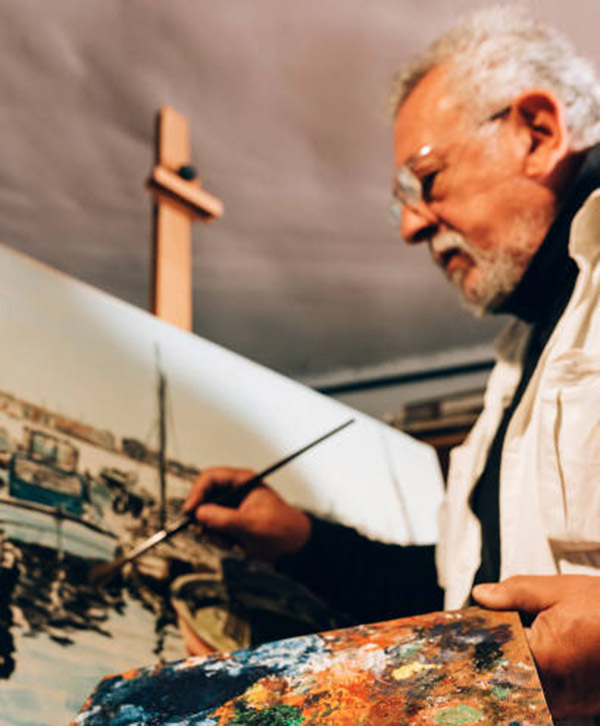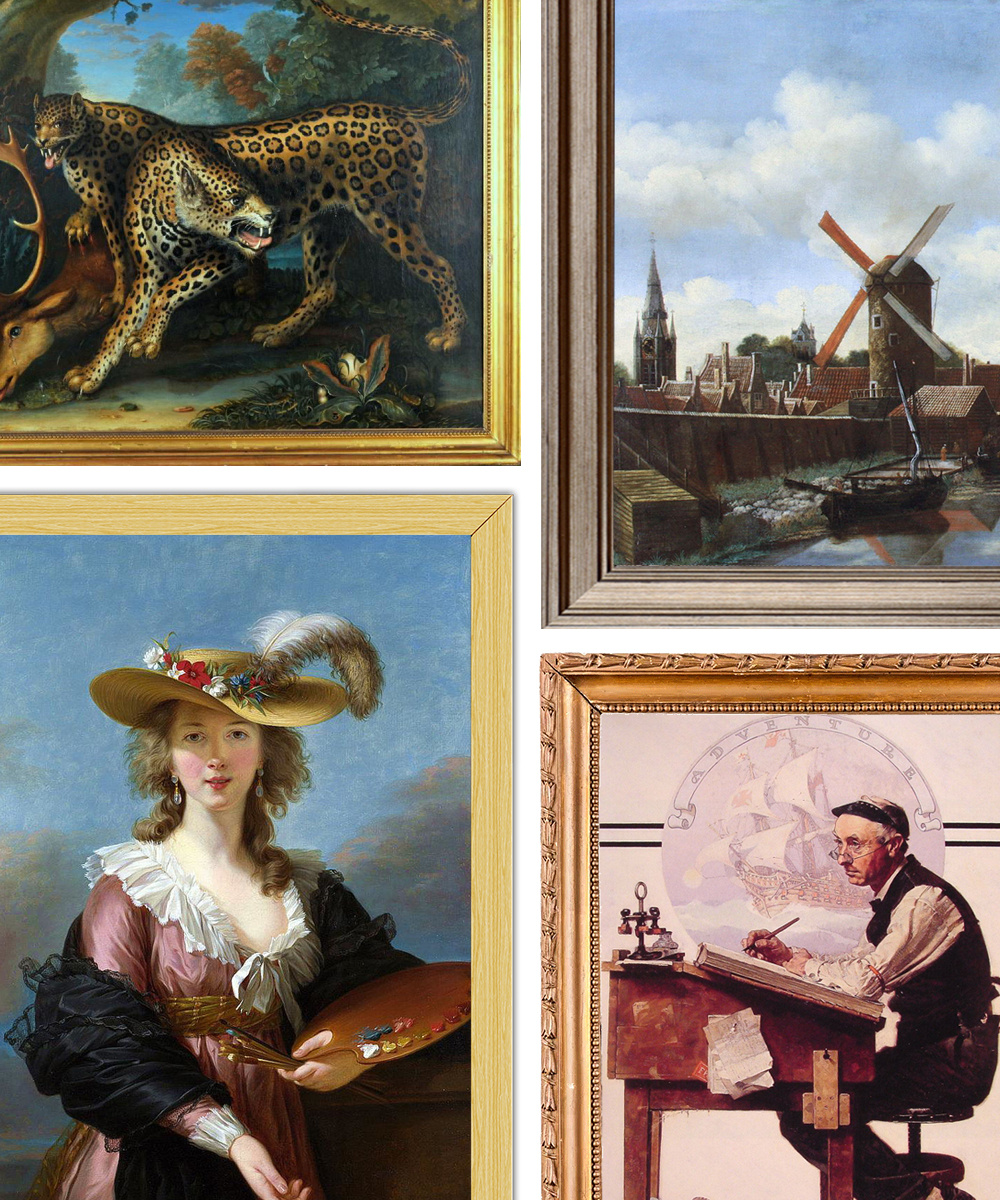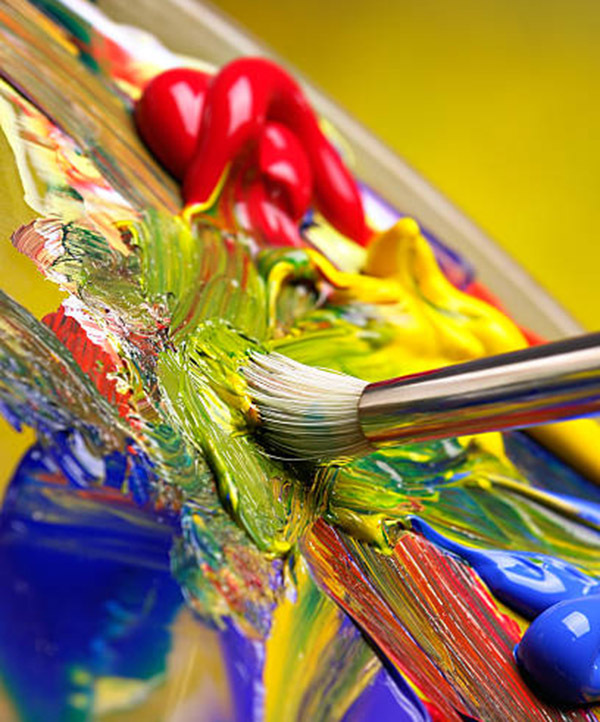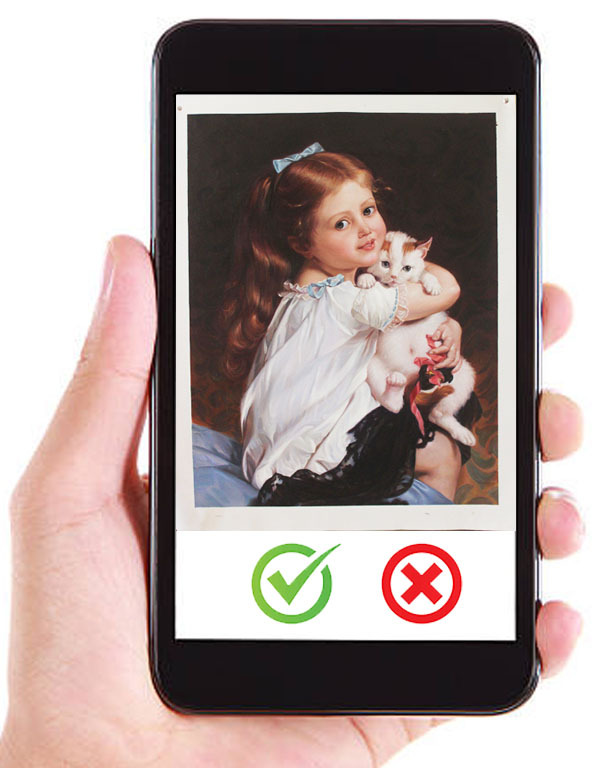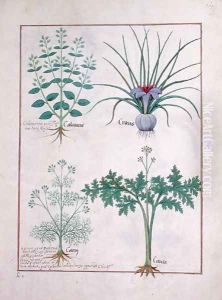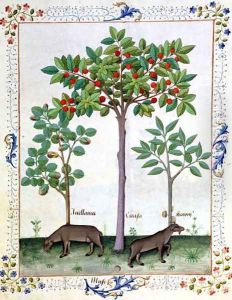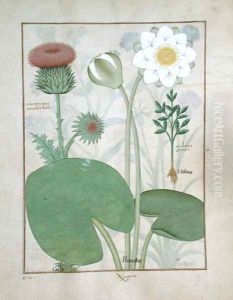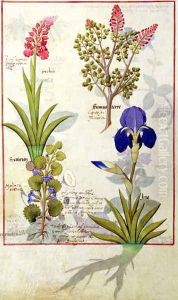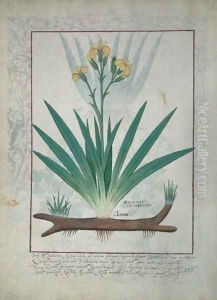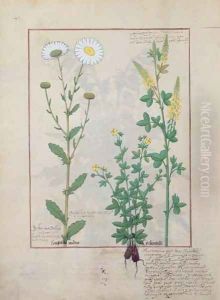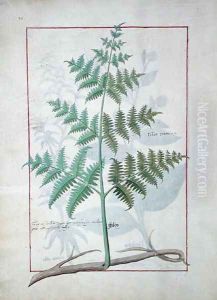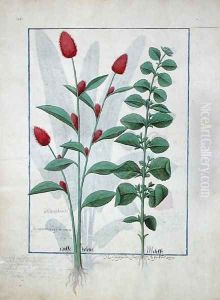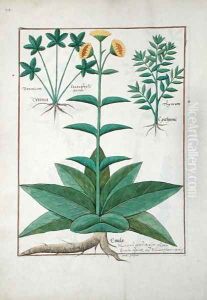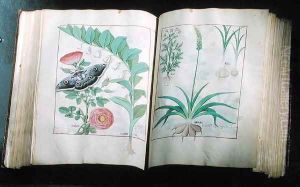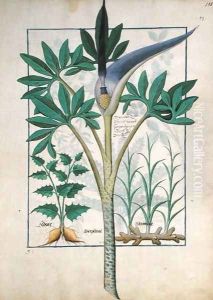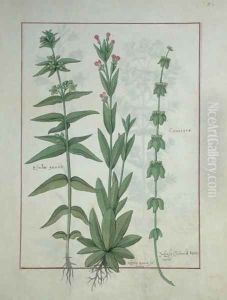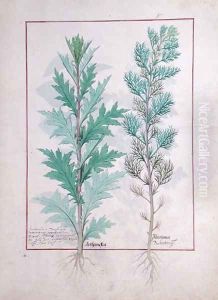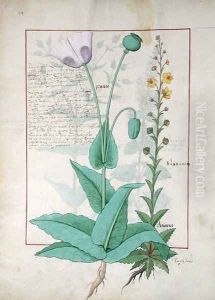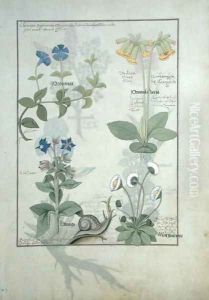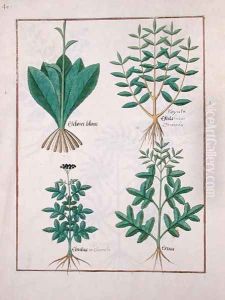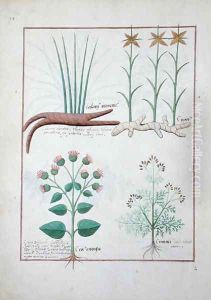





Cyperus, Calamus, Crocus ostensis, illustration from The Book of Simple Medicines by Mattheaus Platearius d.c.1161 c.1470
-
About Reproduction
Discover the allure of art with our faithful reproduction of "Cyperus, Calamus, Crocus ostensis, illustration from The Book of Simple Medicines by Mattheaus Platearius d.c.1161 c.1470", originally brought to life by the talented Robinet Testard. Unlike posters or prints, our hand-painted oil painting breathes an unique sense of depth and texture into your space. Every detail, every stroke, and every texture is meticulously recreated, paying the perfect homage to Robinet Testard and his artistic vision.
Owning this piece is more than just decoration - it's a statement of your refined taste in art. Let the vibrant colors and intricate details of this replica serve as a daily reminder of the beauty in our world. Elevate your decor and appreciate the richness of art with our replica of this masterpiece.
-
Painting Description
The illustration titled "Cyperus, Calamus, Crocus ostensis" is a notable work from "The Book of Simple Medicines" (Le Livre des simples médecines), a medieval manuscript attributed to Mattheaus Platearius, a physician from the renowned medical school of Salerno who died around 1161. This particular illustration, created circa 1470, is attributed to Robinet Testard, a French illuminator known for his detailed and vibrant manuscript illustrations.
"The Book of Simple Medicines" is a significant text in the history of medicine and botany, serving as a comprehensive herbal that cataloged various plants and their medicinal properties. It was widely used during the Middle Ages and the Renaissance as a reference for the preparation of herbal remedies. The manuscript combines the medical knowledge of the ancient Greeks and Romans with the empirical observations of medieval European practitioners.
Robinet Testard's illustration of "Cyperus, Calamus, Crocus ostensis" exemplifies the detailed botanical artistry of the period. Testard, active in the late 15th century, was known for his work in several important manuscripts, including those commissioned by the French nobility. His illustrations are characterized by their precise and vivid depiction of plants, which were crucial for the accurate identification and use of medicinal herbs.
In this illustration, Testard meticulously portrays the three plants—Cyperus, Calamus, and Crocus ostensis—each with distinct features that highlight their botanical characteristics. Cyperus, commonly known as papyrus or sedge, was valued for its use in making paper and its medicinal properties. Calamus, or sweet flag, was used for its aromatic rhizomes in medicine and perfumery. Crocus ostensis, a type of crocus, was prized for its saffron, a valuable spice and dye with medicinal applications.
The illustration not only serves as a visual aid for the identification of these plants but also reflects the medieval understanding of their uses and benefits. Testard's work is a testament to the intersection of art and science during the Renaissance, where detailed botanical illustrations played a crucial role in the dissemination of medical knowledge.
Overall, the "Cyperus, Calamus, Crocus ostensis" illustration from "The Book of Simple Medicines" by Mattheaus Platearius and illuminated by Robinet Testard is a remarkable example of medieval botanical art, reflecting the rich tradition of herbal medicine and the meticulous craftsmanship of its time.
-
Lead Time & Shipping
When you order this oil painting replica, it typically takes 2-3 weeks to paint. If the artwork is more complex, it might need a little more time to ensure the best quality. Once it's ready, we'll send you a photo for your approval. After you give the green light, we'll ship it to you for free.
-
Return & Refund
We believe in the quality of our hand-painted oil painting reproductions, and your satisfaction is our priority. If for any reason, you are not completely satisfied with your purchase, we offer a 45-day return policy. You can return your artwork within 45 days of receipt and receive a full refund. Please note that the artwork must be returned in the original packaging and in the same condition as it was received.

